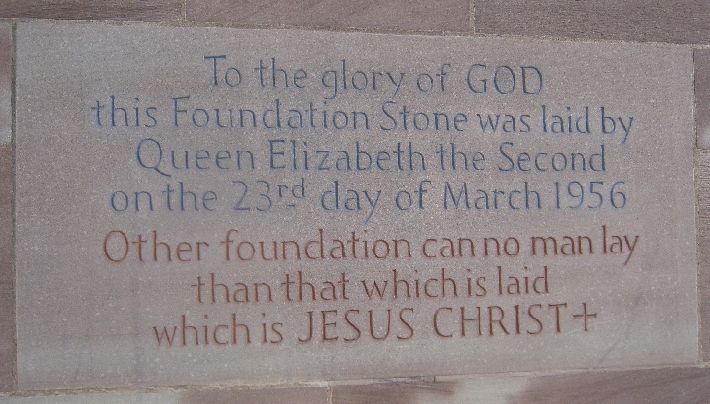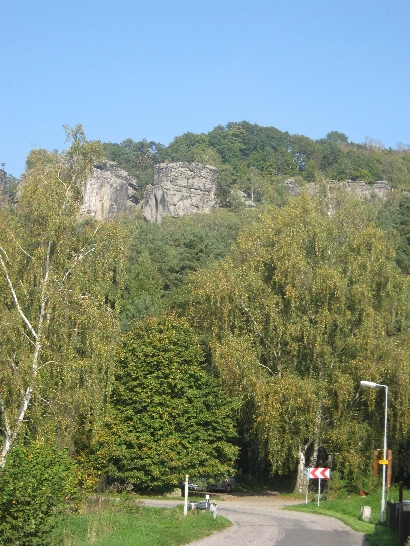
Last Sunday, 30th November, was Advent Sunday which marks both the beginning of the Church Liturgical Year and of the season of Advent. Contrary to what the manufacturers of Advent calendars all believe, Advent only occasionally begins on 1st December. Instead it begins four Sundays before Christmas Day.
The word ‘advent’ means ‘coming’, from the Latin ‘adventus‘. And particularly at the beginning of the Advent season, we are encouraged to think seriously about the promised second coming of Christ – his second Advent, as in turn we prepare ourselves to once more celebrate his first coming at Christmas.
The tradition of having an Advent ring/wreath/crown, with four candles, an additional one to be lit on successive Sundays during Advent, is very popular here in the Czech Republic. Whilst our host Ceskobratrská církve evangelické / Evangelical Church of Czech Brethren congregation, are not great keepers of the Liturgical Year – for example, they do not mark Ash Wednesday – they do mark and keep the Advent season. As part of doing so, each year they provide this amazing Advent ring which hangs from the Church ceiling, just behind the altar. I took this photograph at the end of our Advent Sunday worship last Sunday morning, just before snuffing out the first lit candle, as part of our duty of leaving the Church building safe and secure!
I thoroughly enjoyed our Advent Sunday worship with the regular congregation being joined by numerous visitors from around the world. Our service began with the singing of, ‘O come, O come, Emmanuel’, and ended with a rousing rendition of Charles Wesley’s ‘Lo, he comes with clouds descending’. But as well as celebrating Christ’s promised ‘second Advent’, I was very conscious that just a couple of days later, I would experience a personal ‘second advent’ – that of my wife, Sybille, returning to Prague from her nearly six-month walking pilgrimage, from Prague to Santiago de Compostela.
Having left from the front door of the Chaplaincy Flat on Monday 9th June, Sybille successfully walked into Santiago on the morning of Sunday 23rd November. After her arrival, she spent a few days enjoying the city and also visited a friend in Lugo. With no direct flights available to Prague, she instead flew to Barcelona and spent the Advent Sunday weekend staying with another friend there, before being booked to fly to Prague on Tuesday 2nd December.
Over the few days before Sybille was due to return to Prague, it was cold but dry. However, soon after dark on the evening of Monday 1st December, it started to rain. But because the air and the ground were so cold, the rain almost immediately froze, forming ice everywhere. Prague, together with much of the rest of the Czech Republic, experienced what has been described as an ‘ice storm’. Ice forming in large amounts on the overhead wires, caused the whole of the Prague tram network to close down along with much of the Czech railway system.

Eventually, the rain did turn to snow and this was how my car looked the following morning, in advance of driving out to the airport to meet Sybille. But underneath what appears to be just a light dusting of snow, was a thick layer of ice covering the windscreen and all the other car windows. It took a major scraping exercise to get the car into a condition to be driven safely with good visibility all round!
Therefore, having been sitting alongside the sea, sipping a glass of wine the previous afternoon, it came as quite a shock for Sybille as she flew from a temperature of +16C in Barcelona, to one of -2C in Prague. She did humorously request that I put her straight on a plane back to Spain, when she saw the snow and felt the icy cold.
Fortunately, the weather and temperature has improved from the atrocious conditions of Monday night and Tuesday. I’ve taken the inside of this week as annual leave and we’ve begun to adjust to once more being together in the same flat, for the first time in nearly six months.











